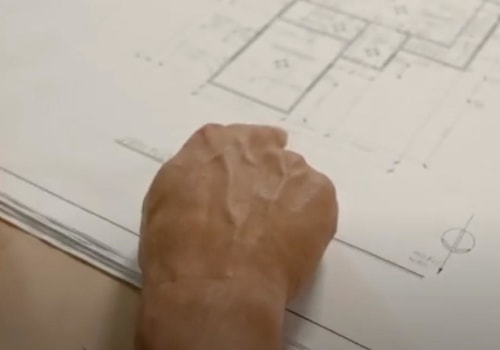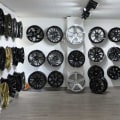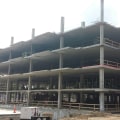Structures are an integral part of our lives, from the buildings we live and work in to the bridges we cross and the roads we drive on. But what are the different types of structures? In this article, we'll explore the different types of structures, from solid structures to frame structures, shell structures, membrane structures, composite structures, and liquid structures. We'll also look at some examples of each type of structure and discuss how they are used in civil engineering. Solid structures are the most common type of structure.
They are made up of one or more parts that are connected together in such a way as to serve a useful purpose. Examples of solid structures include concrete buildings, bridges, towers, arches, and cables. Frame structures are composed of different parts that are joined together to form a strong frame. Examples include pylons, a crane, the human skeleton, a chair, or window frames.
Frame structures can be covered or open and can be natural (like a skeleton or spider web) or artificial (like an electric pylon or swing). Shell structures have a hollow interior and are lighter than solid structures. Examples include cans or cans, bean pods, tennis balls, car bodies, flower pots, lunch kits, and CD boxes. In photography, a natural frame is anything that forms a border or part of a border around the subject. Membrane structures are composed of thin sheets that are stretched over a frame.
They are often used in architecture for roofs and walls. Examples include tents and air-supported domes. Composite structures are made up of two or more materials that are combined to form a single structure. Examples include reinforced concrete beams and columns. Liquid structures are composed of liquids that can be used to support loads. Examples include dams and reservoirs.
Civil engineering
structures include buildings, bridges, towers, arches, and cables.The members or components that make up these structures can have different shapes or sizes depending on their functional requirements. Structural members can be classified as beams, columns and tension structures, frames, and triangulated beams. Beams are structural members whose longitudinal dimensions are appreciably greater than their lateral dimensions. For example, the length of the beam is significantly greater than its width and depth. The cross-section of a beam may be rectangular, circular or triangular, or may be of what are known as standard sections such as channels, tees, angles, and I-sections. Columns are vertical structural members that are subjected to axial compression.
They can be circular, square or rectangular in cross sections and can also be of standard sections. In some engineering applications where the strength of a single member may not be adequate to support a given load constructed columns are used. Tension structures are similar to columns but they are subject to axial stress instead of compression. Frames are composed of vertical and horizontal members with vertical members called columns and horizontal members called beams. Frames can be classified as swinging or non-swinging (where lateral movement is allowed or not allowed respectively) and rigid or flexible (where joints are fixed or movable respectively).
When it comes to office buildings there really aren't that many different types. Its main options are single-storey buildings with 2-4 floors (which usually have elevators) and towers with many floors (which were once the tallest buildings in the world). Residential buildings come in many shapes and sizes from detached houses to multi-storey apartment blocks. Retail buildings can also be single-store or multi-store structures.
In conclusion there is a wide variety of different types of structures from solid to liquid with many variations in between. Each type has its own unique characteristics which make it suitable for certain applications in civil engineering.










